Vera King, Director of the Sigmund Freud Institute in Frankfurt, talks about no-holds-barred self-revelation, dreams and destructive moments in the works of Austrian artist Richard Gerstl.
Dr. Vera King is a professor of sociology and psychoanalytical social psychology. Since the autumn of 2016 she has also been the director of the renowned Sigmund Freud Institute in Frankfurt. We take a slightly different approach to the Austrian artist Richard Gerstl – and discuss no-holds-barred self-revelation, art as the stage of the suppressed and similarities between pictorial and psychoanalysis.
Dr. King, you recently took SCHIRN visitors on a tour through the Richard Gerstl exhibition – how come?
I was invited to talk about Gerstl’s images from a social-psychological and cultural-analytical angle, with references to psychoanalysis and the interpretation of dreams. This seemed plausible to me for several reasons: First of all, it is fundamentally interesting to look at artworks from this perspective. Second of all, Richard Gerstl was one of the first artists to procure Sigmund Freud’s book “The Interpretation of Dreams”. And, not least, in Gerstl’s environment, the Vienna of the fin de siècle, Sigmund Freud’s assumptions about the inner life, dreams and the subconscious were very much the subject of discussion.
Your approach would therefore be to examine Richard Gerstl’s specific world alongside him as a person?
First of all, it’s important to remember that Vienna around 1900 was characterized in quite a particular way by social upheaval and tensions. Many areas were dominated by blockages and an insistence on upholding the old regime. In some parts of bourgeois society, this led to an idealization of art. The retreat into aestheticization and the decorative or ornamental beauty that went with this was described by the curator Ingrid Pfeiffer, with a famous example being the works of the Vienna Secession, including those by Gustav Klimt. At the same time, there were counter-movements: a confrontation with the conflicting and the painful. The exploration of the darker side of life, including that which is denied or suppressed, was not only the subject of psychoanalysis, but also a theme in art and philosophy. And in Gerstl’s oeuvre. While the uglier side of reality was often glossed over in the decorative aestheticization of the time, Richard Gerstl with great dedication addressed precisely these sorts of idealizations in art, sometimes with ironic insinuations, sometimes with strict differentiation. You could say Gerstl challenged his contemporaries at the artistic level by an intensified confrontation with the repressed, the unpermitted, sometimes in a skewed style that was provocative and eruptive in its day.
And what else was it about Gerstl’s art that interested you from both a personal and a professional perspective?
In Gerstl’s work there are particular puzzles and unanswered questions. What he achieved in his very young years appears particularly impressive today. The recognition that Gerstl was a very unusual artist for his time, in part an Expressionist avant la lettre, only came later. His style appears very heterogeneous, sometimes searching, so that this diversity in itself leads to certain questions. At the same time, his life story was dramatic. He destroyed his own notes before his suicide, hence the circumstances of his love affair with Arnold Schönberg’s wife and his suicide again triggered very specific questions and fantasies in their wake. What particularly stood out was that Gerstl was not interested in presenting an idealized ‘beauty’ that was as harmonious as possible. He seemed rather to want to present, somewhat radically, what he experienced as a kind of truth. In doing so he even remained an outsider among the avant-gardist outsiders.

With all the psychological and biographical questions, how can we prevent the pictorial analysis sliding into the anecdotal?
It depends on the way in which artistic observations of the biographical are brought into play. Which themes and motifs, which subliminal tensions flowed into Gerstl’s work and how did he shape them? Here we are looking at the individual level. Over and above the individual level however, you can ask: How are these themes then embedded in social confrontations? As I see it, it’s not about coming up with belated diagnoses or reducing artistic expression to some private level. Perhaps, it is instead all about looking at how the individual, personal struggle, which is embedded in a very particular social and cultural situation, is expressed in an artistic form. I find that very interesting.
If we now steer our focus towards this artistic expression: How can we link pictorial analysis and psychoanalysis here?
Let’s take the semi-nude as an example. A short while before painting this image, Richard Gerstl had left the Academy of Fine Arts because he felt underappreciated there. The picture probably developed immediately after Gerstl’s application to join the army had been turned down. Let us imagine that Gerstl had dreamt this image after the rejection he experienced as a kind of apparition of himself in the dream: What we see is a gaunt, thinly stylized body – and therefore one judged unsuitable for the army. Yet it is presented with a gaze that could say: Who are you to think you can judge me?
On the one hand, this image – and particularly given the emptiness around the body, the arms placed tightly by his sides, the white towel – could be associated with illness, a burial shroud and mummification. On the other hand, however, even the bright aura around the head appears to hint at the return of the Messiah after the Crucifixion. The image could therefore be read as an expression of his illness on the one hand: destroyed through rejection. At the same time, if could likewise be seen as symbolic of resurrection and triumph. It also appears like a not yet completed step towards full nudity. Only one small movement would be needed for the towel to slip down and expose the young man completely.
Considered from a psychodynamic perspective, the ‘Messianic’ element of the image could be seen as getting to the root of adolescent fears of destruction and fantasies of greatness, and also extreme solitude and isolation. Overall, what appears in this image through both the content and the formal composition is the tension between unguarded self-exposure and the challenging, provocative moment. You could even say the artistic representation transforms weakness into strength – ‘dream-like’.
Which brings us back to Sigmund Freud’s interpretation of dreams …
The fact that Richard Gerstl was familiar with Freud’s “The Interpretation of Dreams” is clear from the circles in which he moved. How exactly he approached it is something we cannot know. Nevertheless we can ponder references between dream and artistic creativity: the fact that there is this stage or platform in the dream on which the repressed, the unpleasant, can be expressed in a masked, disguised form. And in the artwork, too, themes can be developed that go beyond conventions: Inner stimuli push to the surface, insist on their representation, and thus flow not only into the subject matter, but also into the composition. With Gerstl we see how he attempted to present himself unsparingly and downright analytically in many self-portraits. I don’t want to read too much into it, but I was reminded of how Freud emphasized how much he had to overcome to expose himself in the “interpretation of dreams”, in taking his own dreams as an example. “As the sole villain among all the noble souls with whom one shares the breath of life,” as Freud puts it ironically. It’s not hard to find similarities between this radical self-exposure and Gerstl’s unsparing self-revelation.

Such radical self-revelation is potentially quite risky though. Particularly in times when there is still no routine or set way of dealing with that which is suppressed. The exhibition critic in Die WELT came up with an appropriate title here: “Ich entfessel mich. Und dann bring ich mich um.”, meaning “I unleash myself. Then I slay myself”.
An artist who goes beyond conventions in a risky way can reach a point when he has made things so impossible for himself, including from the projected perspective of others, that he can no longer see any way of continuing his existence. Suicide would then be a kind of self-realization of the ‘social death’ that he has already suffered previously. At the same time, we need ask what the psychological prerequisites are at which the dynamics that lead to the crossing of artistic boundaries at some point slips away onto the personal level. Right from the outset Gerstl placed himself in a constellation for which there was no resolution, in that his relationship with Schönberg was brought into a situation of potentially dramatic tension through the relationship with his wife. The end is suicide.
Yet Gerstl wouldn’t be Gerstl if even the death he brought upon himself did not appear as if it were staged artistically. There is of course no representation of the ultimate creative-destructive act, but only descriptions: standing naked before the mirror, both stabbing himself and hanging himself at the same time, indeed a kind of ueber-suicide, whereby one can't help but ask: Why this double-death? Whom is this aggression directed against? The theme can be considered from three angles: the social death; the individual biographical development in which something is set in motion that ends in catastrophe; and the third level, the artistic-adolescent arrangement. This last level entails a kind of omnipotent-destructive act by the young man, who has produced a final fatal image of himself, as it were. In it, he was able to express something of the anger he felt, which was ultimately directed at himself, however.
On the subject of adolescence: In your teaching and research one of the areas you focus on is this very important phase in life. Could you perhaps tell us a bit more about the significance of this stage between childhood and adulthood when it comes to artistic creativity – and why you still include Gerstl in this category?
In general we should mention that at that time adolescence was often shorter and shaped much differently to how we know it today. But for Gerstl as a young man from a bourgeois family, we can certainly talk about a kind of adolescence. On a social level, throughout his entire period of artistic creativity he continued to make use of his parental home, of the open spaces that such relative affluence brought with it. Neither in an economic, nor in a social sense was he independent. His psychological state could also be described as typically adolescent in light of his “all or nothing” approach. “Either I will be recognized as the great, chosen artist I am, or I will exhibit nothing and deny myself!” Or even: “Either I will have my friend’s wife – or I will die!” Whereby in life of course things comes down to what is albeit not always a clear difference between that adolescent game of intensification and actual destruction.
Ultimately there are various links between the artistic and adolescent states of mind. Creativity requires a youthful exuberance – it’s all about bringing new things into the world! At the same time, we can see that not all creativity withstands adolescence – since many developments then end up in rather conventional adult positions. On the other hand, not all creatives survive adolescence – when destructive moments weigh too heavy, either inwardly or outwardly, as was the case with Gerstl.

If you look at Gerstl’s pictures and his biography, then you see men play a big part in both of them – even though his ultimate tragic relationship was with a woman.
With Gerstl there is this extreme ambivalence towards men and fatherly figures. His relationship with his Jewish father appears somewhat conflicting: He was affluent and therefore basically enabled his son to lead the life he did, even if he was clearly not too happy about it. At the same time, due to the anti-Semitic discrimination of the period, his mother had her children baptized as Catholics. To this extent Gerstl’s father appears economically powerful, but at the same time weakened. Gerstl’s relationships with ‘fatherly’ artistic role-models were clearly very polarized.
The most definitive of these is his relationship with Arnold Schönberg, who was and remains most likely the central figure for Gerstl. On the one hand they appear to have been close, sharing so much in relation to their understanding of art and their passion for painting and music. At the same time, however, Schönberg’s wife was Gerstl’s lover. Yet this too represents extreme closeness: to ‘share’ the same woman with one’s friend is almost a physical intimacy. And at the same time a total rupture. I think that it was precisely in the group portrait of the Schönberg circle and in the image of the Schönberg family that this extreme ambivalence comes to an artistic climax, reaching the limits of what is tolerable. You get the impression that in these images of the Schönbergs he translates the theory of atonality and dissonance into painting, and at the same time Gerstl impressively shows the dissonance in Arnold Schönberg’s own relationships – which ultimately becomes almost a kind of ridicule.
While we’re on the subject of viewing images: Do you personally have any favorite pictures in the exhibition, or even not in it but within Richard Gerstl’s oeuvre?
It’s not easy to choose one. I was actually particularly impressed by the two above-mentioned pictures, because something emerges here in concentrated form and this also relates to the presentation together with Schönberg’s music in the exhibition: Here you can perceive a paradoxical unity between music and image. Here Gerstl as an artist reaches a point which differs starkly from his previous works to the point of pictorial dissonance.
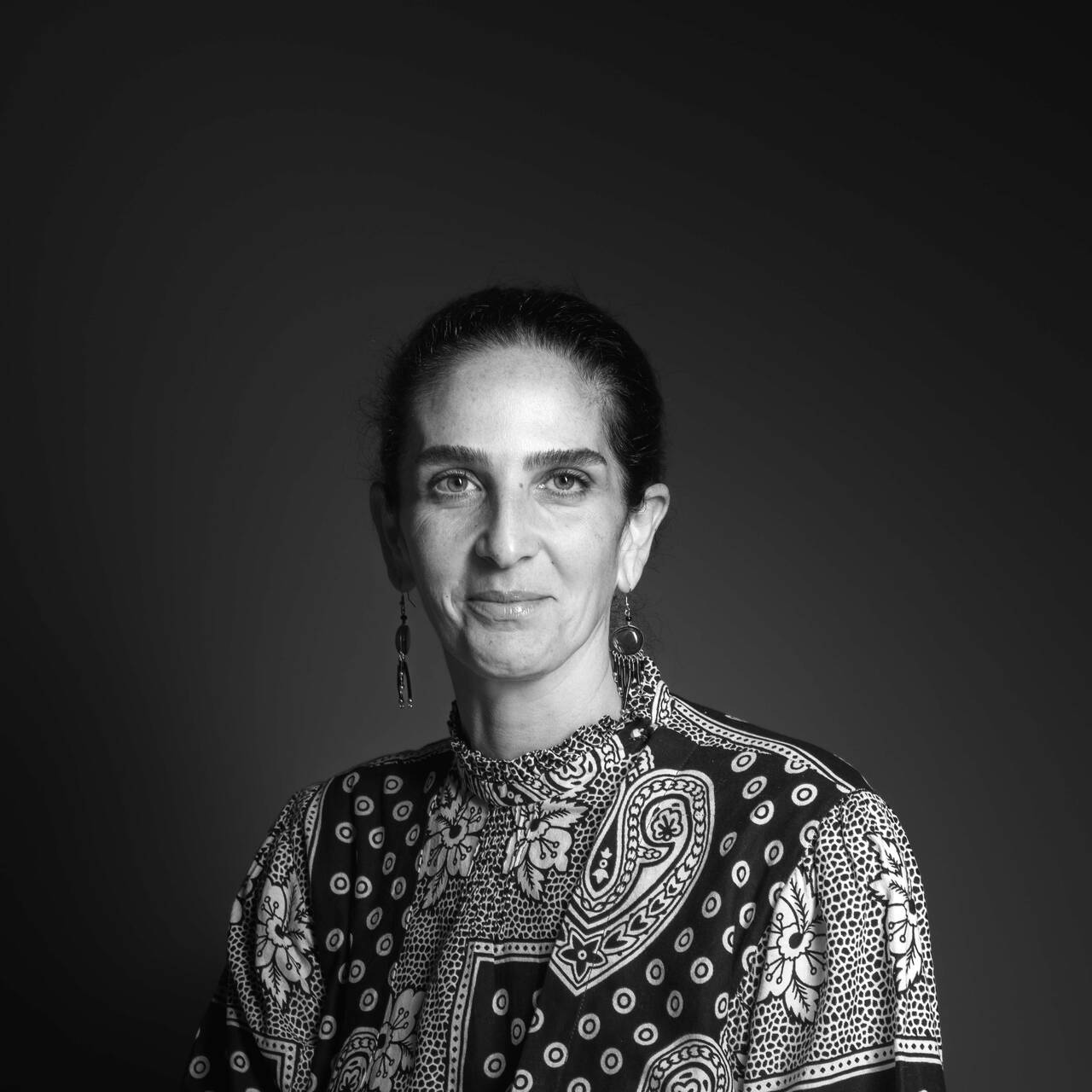
5 questions for Salma Lahlou
Salma Lahlou is an independent curator. Her exhibitions and research projects continuously engage with the CASABLANCA ART SCHOOL. We spoke with her...
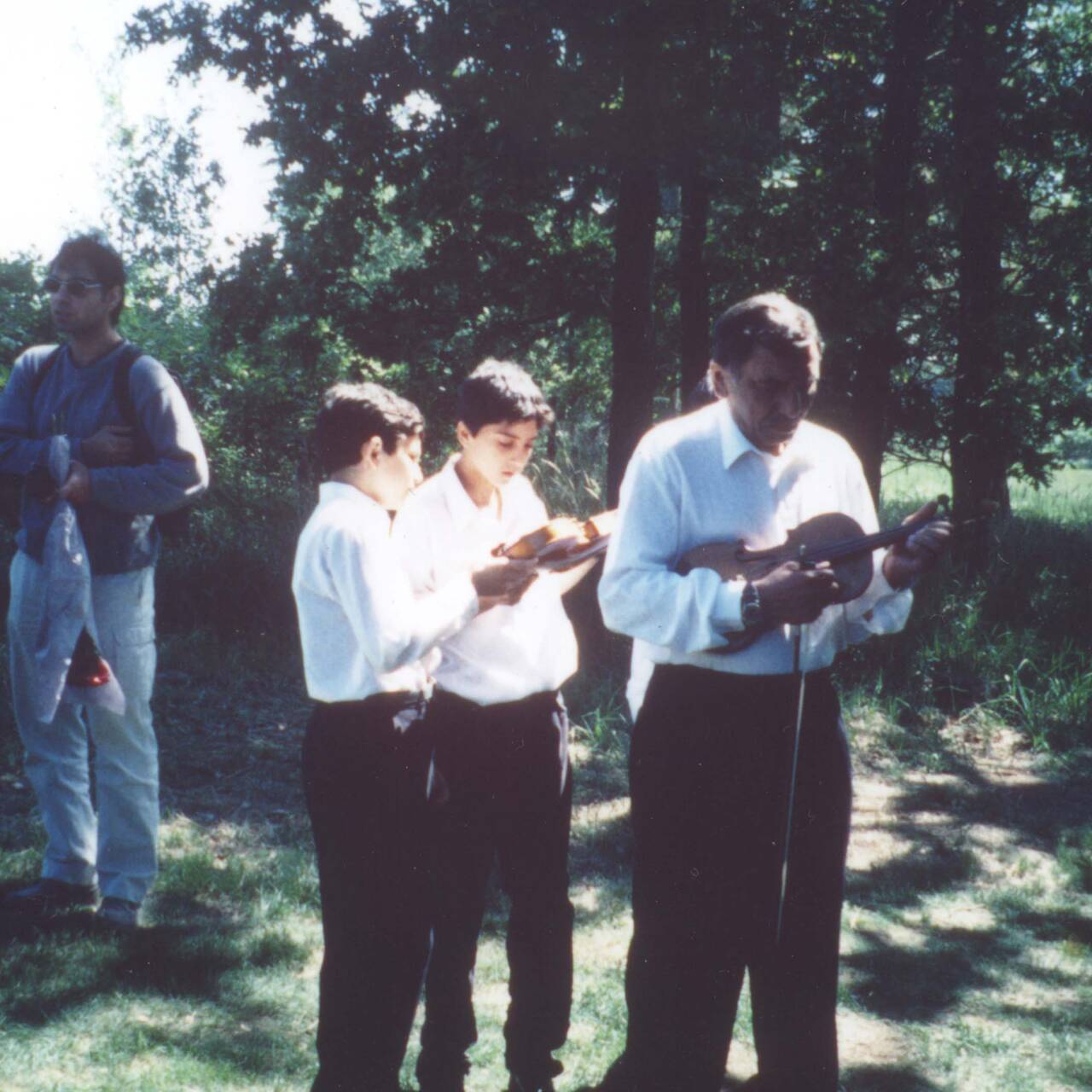
ABOUT TIME. With Alfred Ullrich
The artist Alfred Ullrich has spent a sufficient number of decades in the art world and engaging with it to know that attributions can always change....
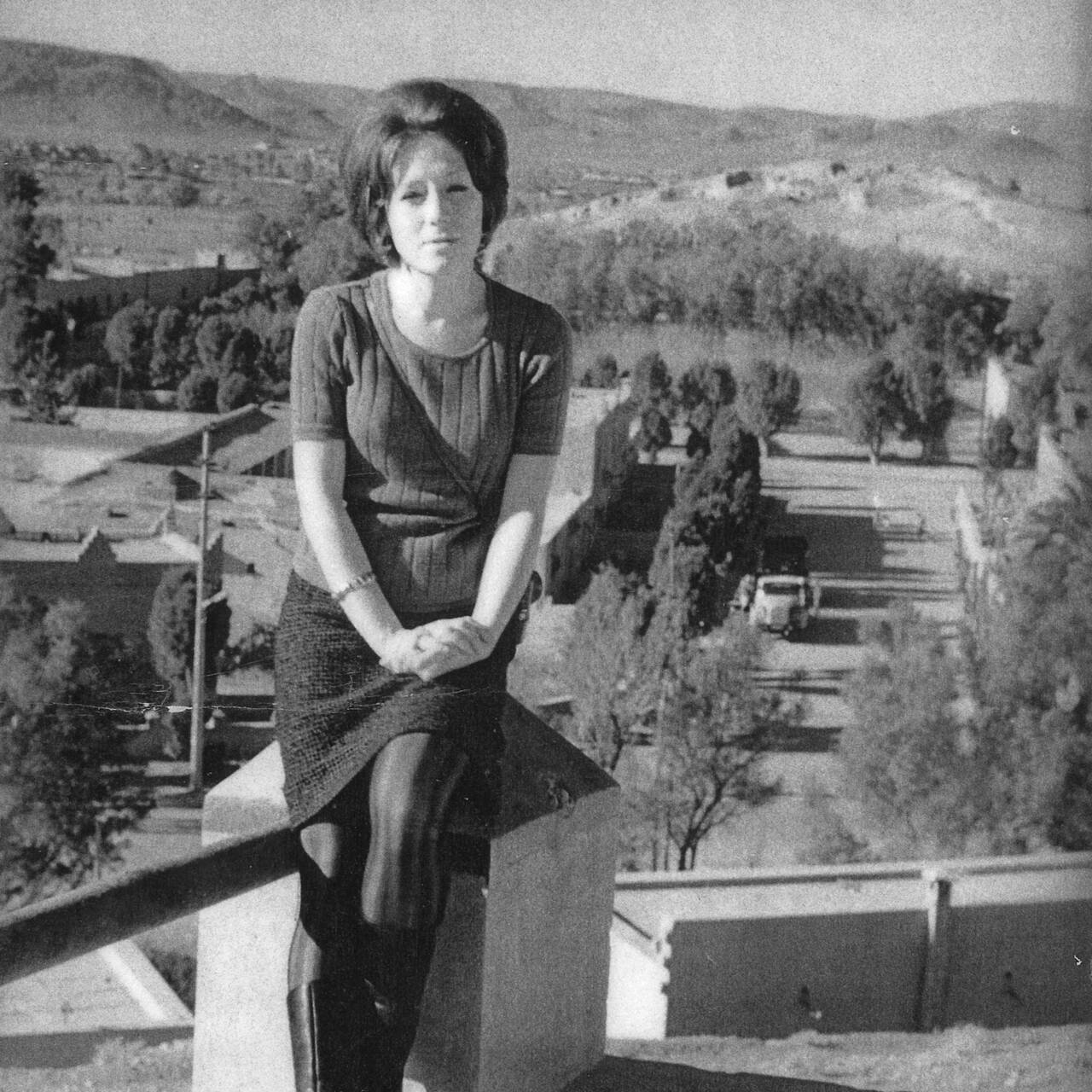
5 questions for Toni Maraini
Toni Maraini arrived at the CASABLANCA ART SCHOOL in 1964 and created the first art history program on Moroccan art from the prehistoric past to the...
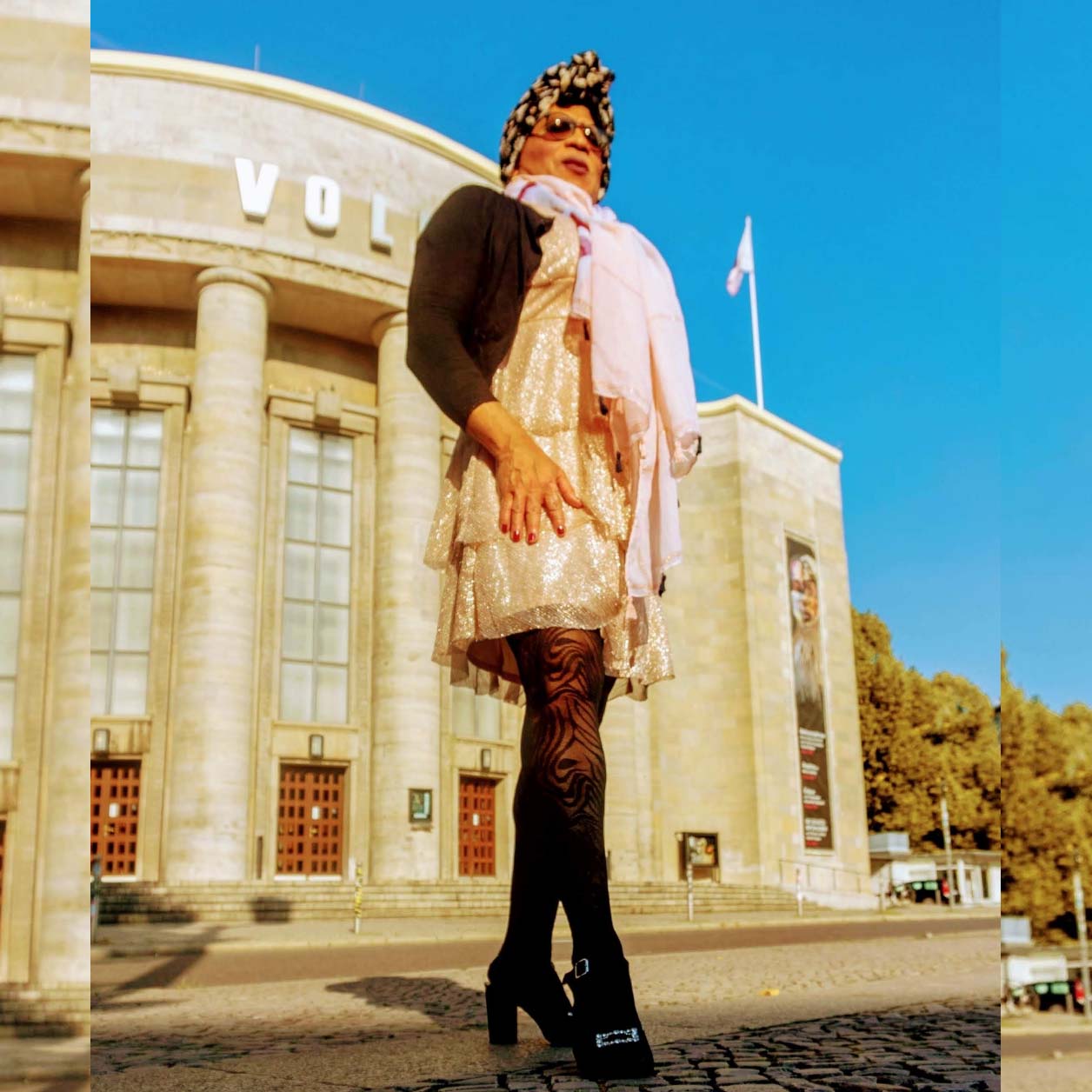
ABOUT TIME. With Michaela Dudley
Language is the key to understanding Michaela Dudley’s approach. A polyglot who is comfortable in multiple languages, the Berliner is decisive in her...
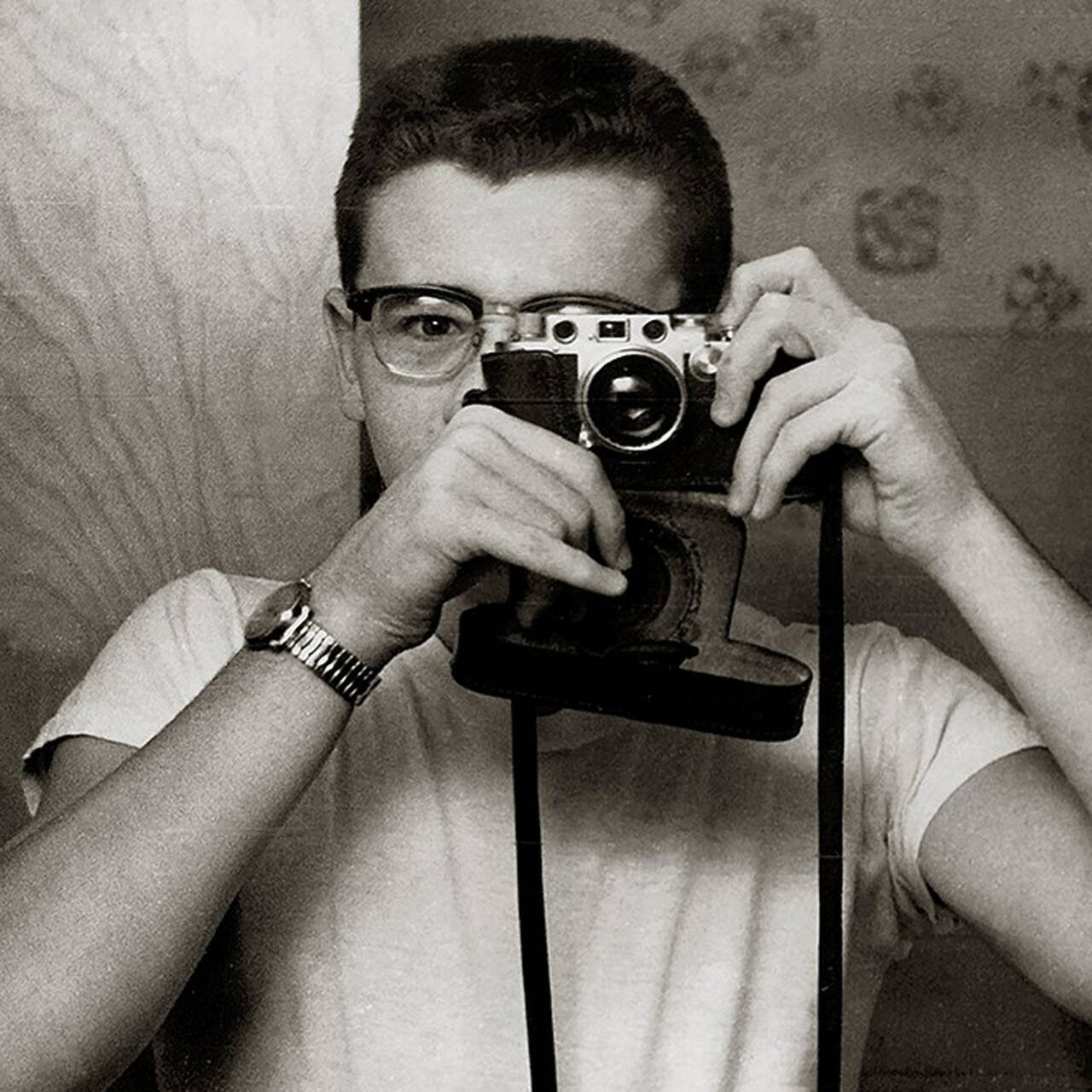
ABOUT TIME. With Abe Frajndlich
Abe Frajndlich can look back proudly on a career of over 50 years as a photographer. In conversation with us he speaks, among other things, about his...
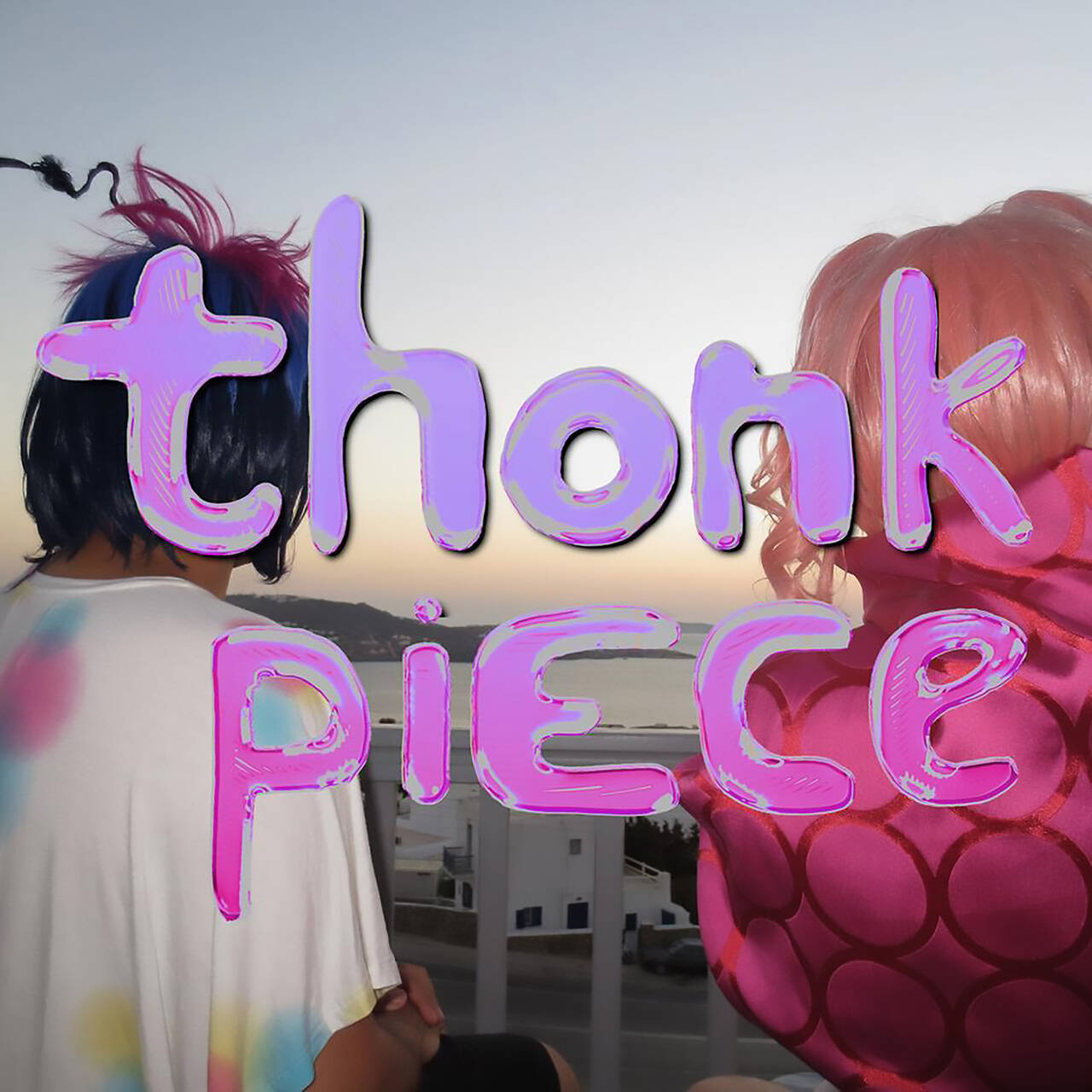
5 questions for Mary Messhausen and proddy produzentin
With the performance "Thonk piece: Hungry for Stains", drag queens Mary Messhausen and proddy produzentin will open the exhibition COSIMA VON BONIN....
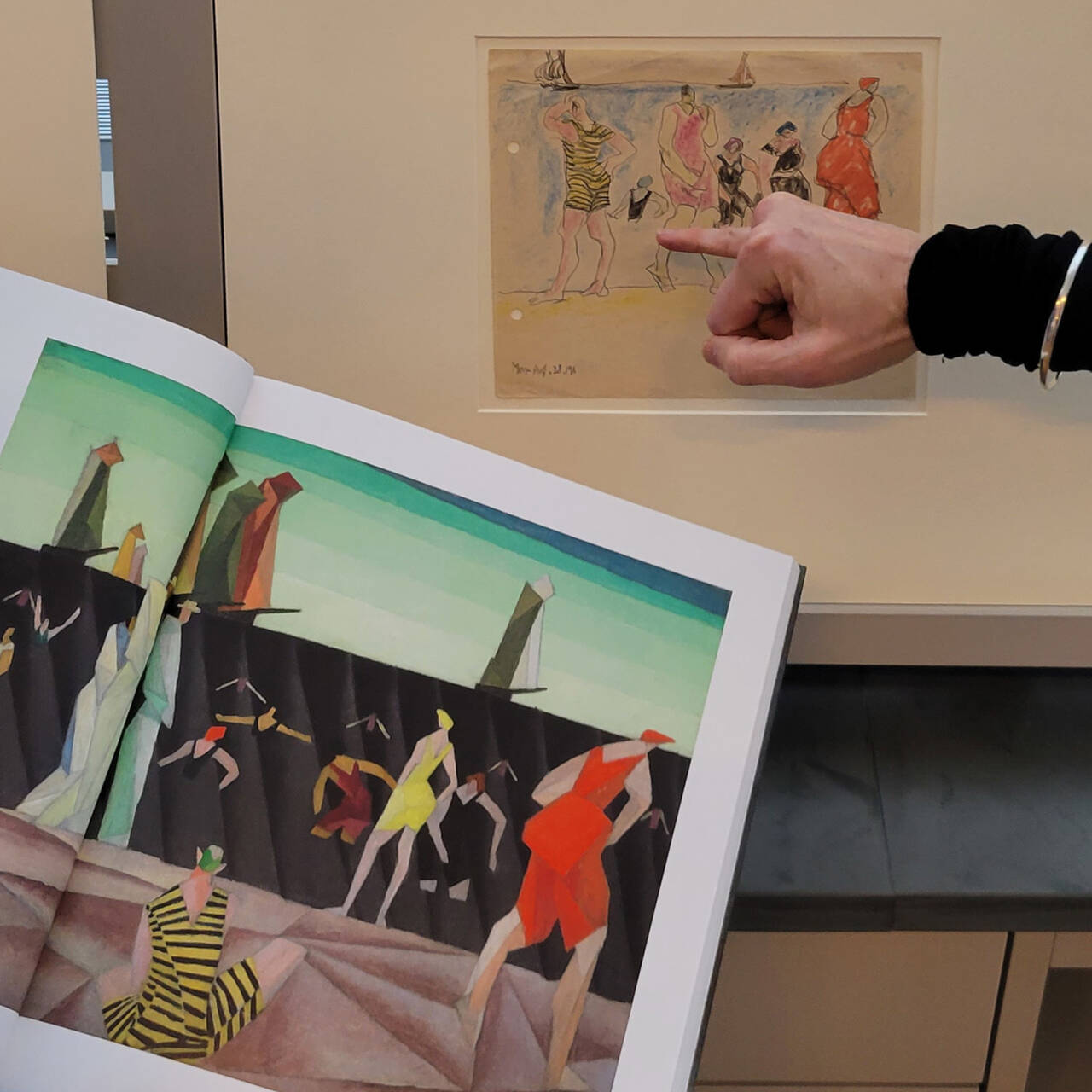
Lyonel Feininger and the Harvard Art Museums. Part 2
The Harvard Art Museums host the largest Lyonel Feininger collection in the world. The directors Lynette Roth and Laura Muir chat about Feininger’s...
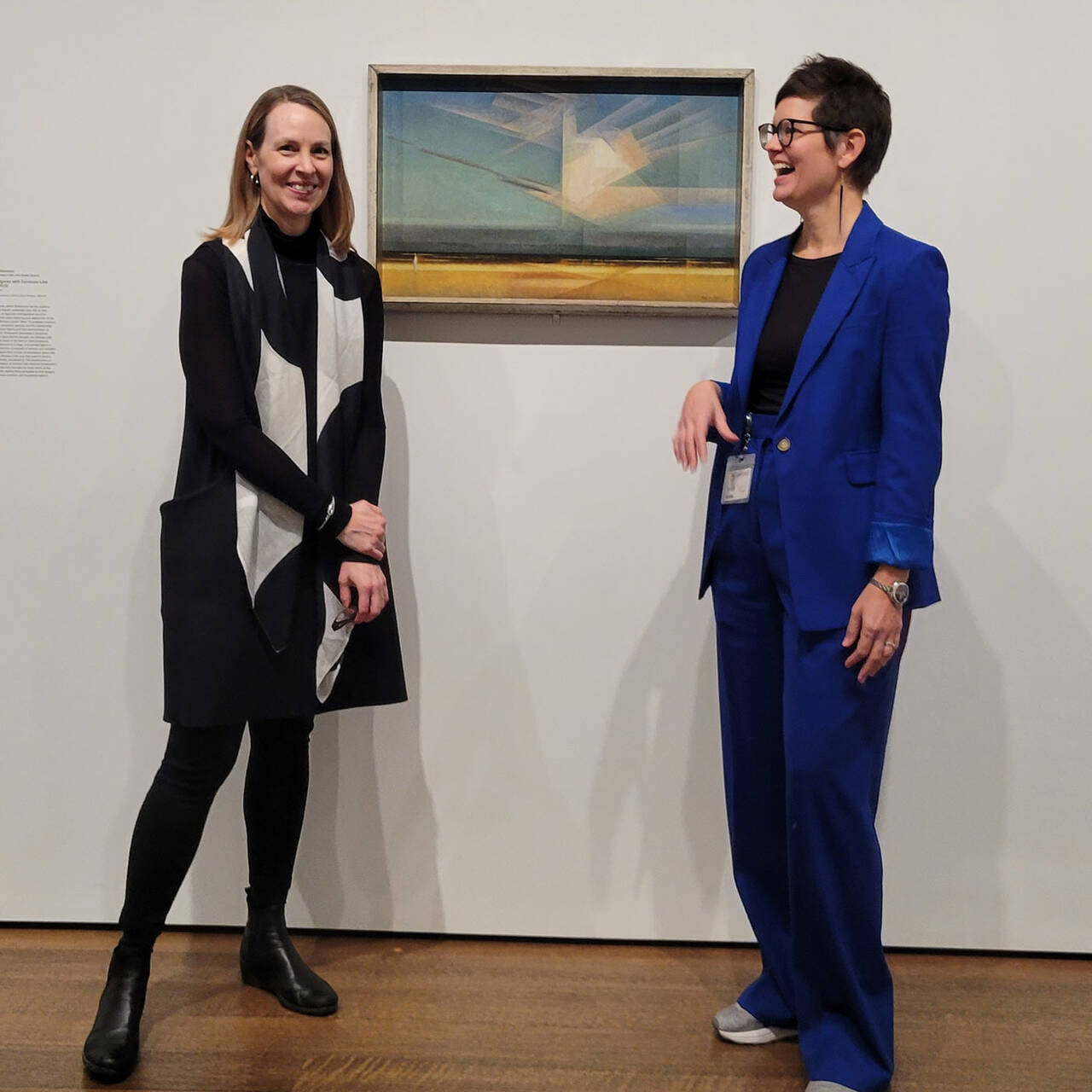
Lyonel Feininger and the Harvard Art Museums. Part 1
The Harvard Art Museums host the largest Lyonel Feininger collection in the world. How did that happen and how was the relationship between the artist...